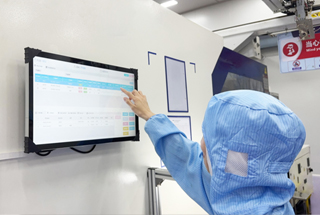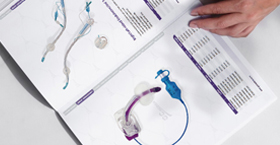Infusor pressure in blood intravenous bags is a critical factor in the proper administration of intravenous fluids, including blood products, to patients. The term "infusor pressure" refers to the pressure required to deliver a consistent flow of fluids through the intravenous (IV) line, ensuring that the desired volume of fluid is administered efficiently and safely. This is especially important in blood transfusions, where maintaining a regulated pressure can help reduce complications like hemolysis, clotting, or air embolism.
Understanding Infusor Pressure
Definition and Importance
Infusor pressure is the force exerted on the blood or fluid within an intravenous bag to push it through the IV tubing into a patient's bloodstream. Maintaining the right pressure is essential for several reasons:
Controlled Flow Rate: It helps regulate the flow of blood or fluids at a prescribed rate, ensuring the correct volume reaches the patient.
Prevention of Air Embolism: Excessive pressure can force air into the blood, which can be fatal. Conversely, inadequate pressure may lead to insufficient flow, affecting patient treatment.
Prevention of Hemolysis: Too much pressure can cause blood cells to rupture, which is a risk in blood transfusions.
Factors Affecting Infusor Pressure
Various factors influence the required infusor pressure in an intravenous blood bag, including:
Viscosity of the Fluid: Thicker fluids like blood require higher pressure to flow through the system.
Length and Diameter of the IV Tubing: Longer or narrower tubes increase resistance, requiring higher pressure to maintain flow.
Height of the Infusion Bag: The higher the bag, the greater the pressure due to gravitational force. Conversely, lower positioning of the bag may require an infusion pump to maintain the right pressure.
Infusor Pressure Settings
Infusor pressure is typically controlled using devices such as infusion pumps, which can be programmed to apply a consistent pressure to the IV bag, ensuring a safe and effective transfusion. In the absence of an infusion pump, gravity-based systems may be used with manual control over the flow rate. Below is a table that outlines typical infusor pressure settings and their associated effects:
| Pressure Type | Description | Pressure Range | Common Use |
|---|---|---|---|
| Gravity Infusion | Uses gravitational force to deliver fluid | 0.2 - 0.5 psi | General IV fluids |
| Infusion Pump | Uses a mechanical pump to apply controlled pressure | 0.5 - 1.0 psi | Blood transfusion |
| High-Pressure Infusor | Delivers fluids at a high rate under pressure | 1.0 - 2.0 psi | Emergency transfusions |
| Low-Pressure Infusor | Used for slower, more controlled flow rates | 0.1 - 0.3 psi | Pediatric transfusions |
Conclusion
In conclusion, maintaining the proper infusor pressure is crucial for the safe and effective administration of blood or other intravenous fluids. By controlling the pressure, healthcare providers can ensure that the right amount of fluid is delivered at the correct rate, minimizing the risks of complications such as hemolysis or air embolism. Understanding the variables that affect pressure, such as the type of fluid, length of tubing, and infusion method, allows for precise and optimal delivery in clinical settings. The use of infusion pumps and gravity systems plays a vital role in achieving these goals, ensuring patient safety during fluid and blood transfusions.
Related Products


 Français
Français Español
Español Products
Products

 About Us
About Us











